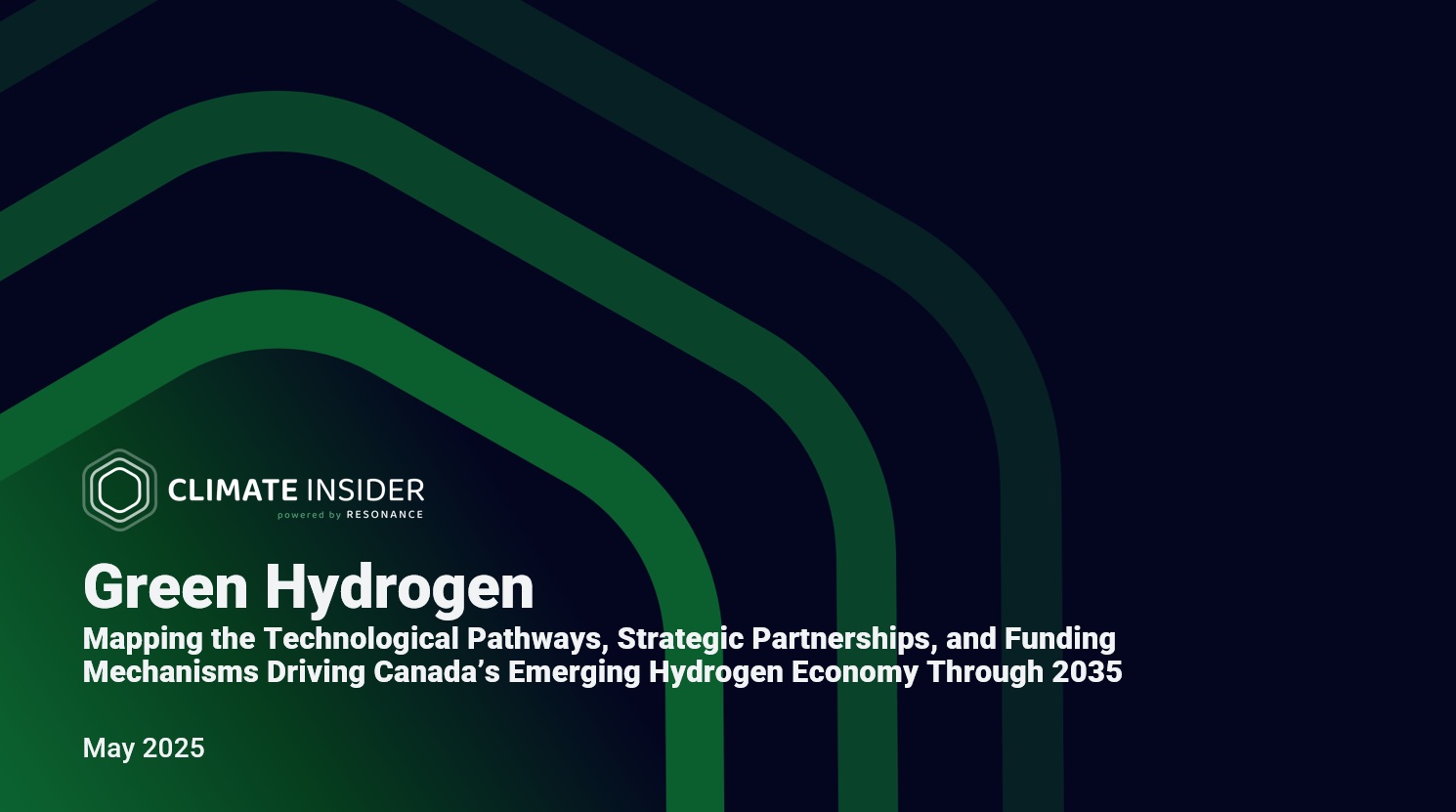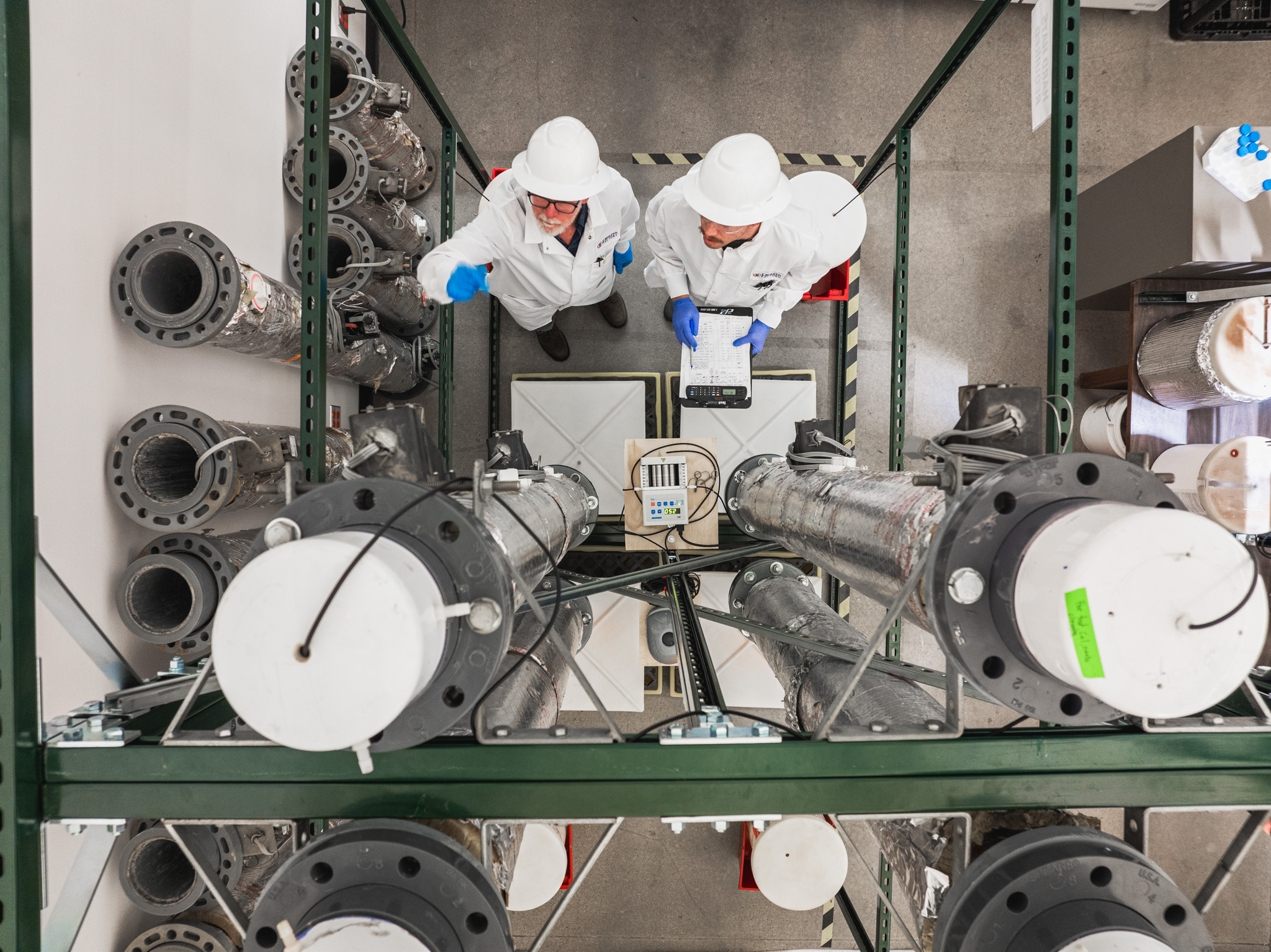Insider Brief
- General Fusion, a Canadian fusion energy company, is cutting jobs and reducing operations on its LM26 fusion demonstration project due to urgent funding constraints.
- CEO Greg Twinney said the company is seeking new strategic partners after market and geopolitical instability disrupted its funding pipeline, despite recent technical breakthroughs.
- Canada currently lacks a national fusion strategy, but experts are calling for renewed federal leadership under a proposal titled “Fusion 2030: A Roadmap for Canada.”
Canadian energy company General Fusion is cutting jobs and scaling back its signature project citing shifting political and market landscapes.
“This rapidly shifting environment has directly and immediately impacted our funding,” General Fusion CEO Greg Twinney noted in an open letter posted to the company’s website this week. “Therefore, as a result of unexpected and urgent financing constraints, we are taking action now to protect our future with our game-changing technology and IP—including reducing both the size of our team and LM26 operations—while we navigate this difficult environment.”
General Fusion is in financial distress and Twinney said the company is actively seeking new strategic partners, including investors, buyers, and governments. Twinney attributed the crisis to broader geopolitical and economic instability, which has dampened interest in long-horizon energy projects.

The CEO emphasized that while fusion programs around the world are increasingly backed by state funding, General Fusion has followed a more entrepreneurial path, mixing private capital and Canadian government support.
“Our mission has historically been supported financially by a mix of strong private investors and the Canadian federal government,” Tweeney said. “We have been competing against aggressive nationally funded fusion programs around the world.”
On April 29, the Vancouver-based company announced it had successfully compressed magnetized plasma inside a liquid lithium cavity using its LM26 fusion demonstration machine. According to Twinney, the test showed an increase in ion temperature and density, and the magnetic field was successfully trapped, all signs that the machine performed as designed.
“This was an incredible success for our first shot,” Twinney wrote. The successful test positions the company as one of only four private firms globally to have published meaningful fusion results in peer-reviewed journals on the path to scientific breakeven with General Fusion the only one to have the demonstration machine in operation, he added.
Twinney emphasized that General Fusion’s technology is not a drawing board idea but a proven system, developed by a “nimble” and lean team in just 18 months. The LM26 machine integrates years of work and lessons from prior iterations.
Members of Canada’s fusion community—including universities, private companies, and research organizations across five provinces—are calling for a revitalized national strategy to support the deployment of a demonstration fusion power plant by 2030, according to the Canadian Nuclear Society.. Their initiative, titled “Fusion 2030: A Roadmap for Canada,” outlines a coordinated plan to position Canada as a global leader in fusion energy.
Fusion—the nuclear process that powers the sun—is seen as a promising solution. Advocates say fusion energy is inherently safe, clean, and sustainable, with unmatched energy density, favorable energy payback ratios, and a minimal carbon footprint. It is positioned as a key technology for addressing climate change and achieving long-term energy security.
Fusion research also spurs innovation in multiple scientific disciplines, including plasma physics, materials science, power systems, and high-performance computing. Yet Canada currently lacks a coordinated national program to advance this work. The country had a fusion energy strategy in place between 1985 and 1997, but no such policy exists today, the Society points out.







